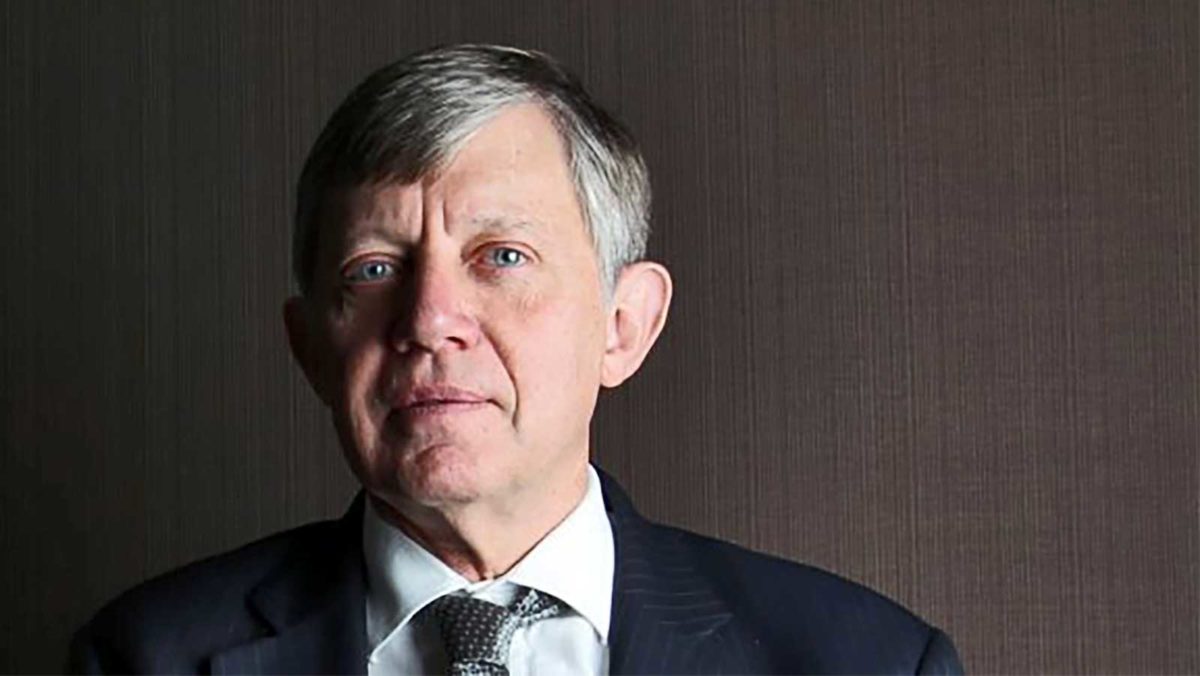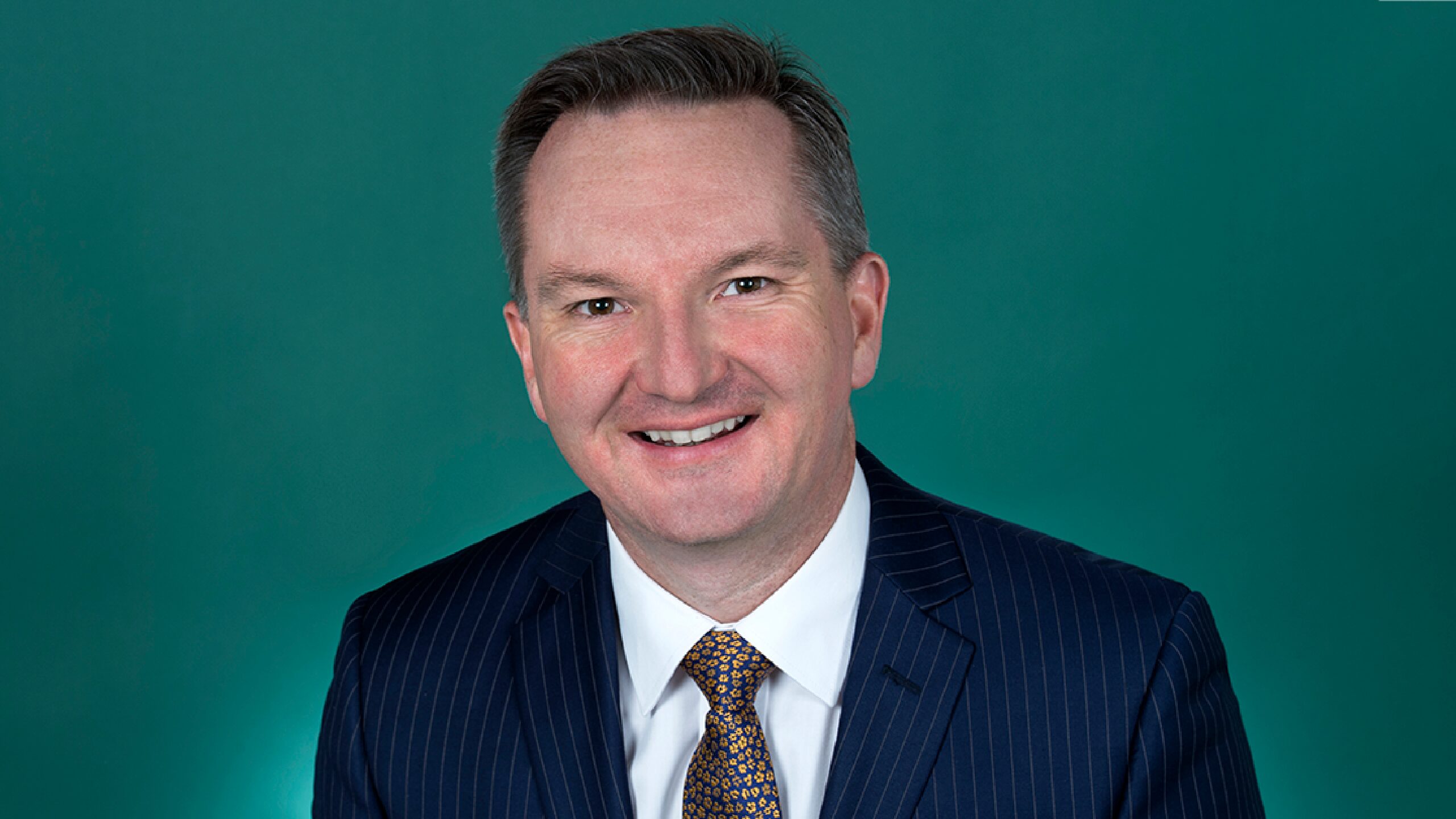As expected returns continue to fall, alternatives standout
Marius Wentzel, Head of Client Solutions & Distribution at AMP and Graeme Colley, Executive Manager, SMSF Technical and Private Wealth from SuperConcepts delivered an insightful presentation this week, offering an update on the macroeconomic outlook and an EOFY checklist for SMSF trustees.
Disruption caused from COVID-19 to local economy and the fast-approaching financial year end, implies an urgent need for SMSF investors to become aware of the risks and opportunities that might exist within their investments as they approach retirement. Colley discussed the key themes specific to SMSFs while Wentzel sketched out the current economic picture.
Wentzel first touched on investor concerns and fears surrounding the near-term higher inflationary environment. He said “forward return expectations from broad capital markets have been declining for the last 40 years but this has been especially true since the GFC. Nominal returns have been falling and as a result, we should expect future returns to continue with this momentum.”
And it’s totally understandable that SMSF investors are worried, markets have been whip-sawing up and down every time a US Federal Reserve official speaks. Last week the Fed markets tumbled on the back of hawkish Federal Reserve commentary. This week markets are recovering on hopes that this week’s Fed’s speakers aren’t as hawkish as the dot plot suggests. The dot plot indicates the high probability of an interest rate rise in 2023, a year earlier than expected.
All of that being said, Wentzel says, “Short term interest rates are currently at historic lows and medium-longer term rates are rising, all driven by inflation expectations. Why are there concerns? If you look at what’s happened throughout Covid-19, the charts show Australia’s V-shaped recovery.”
He goes on to explain that the reason for the V-shape is because the local economy has made a quick recovery and a whole lot quicker than the market had expected. According to Deloitte, “The National Accounts release by the ABS showed that Australia continued its impressive V-shaped recovery in the December 2020 quarter, with GDP rebounding 3.4%,” making it one of the highest GDP readings of all time.”
With such a strong bounce back there is always the concern of inflation. In most inflation linked cases; supply chain constrains are usually the main problem. However, in this situation the general market consensus is that, the inflation we are seeing at the moment is not permanent and structural inflation is not a concern at the moment. For now, risk aversion and Fed repricing are the dominant force in foreign exchange markets.
To help protect against capital loss due to gyrations in the market, SMSF investors need to look at diversification techniques to lower overall portfolio risk.

The above chart depicts the various investment asset classes based on risk and return. Low risk, high return, is the dream spot. The three types of investments that fall into a sweet spot for a SMSF investor are: alternatives, listed infrastructure, global equities and Global REITs.

How do you diversify portfolios to reduce risk in portfolio?
Wentzel describes “the green areas are what the fund managers are doing and what worries them in the current environment. Sure, fund managers still “expect growth to come from equities but now the bar has been raised a little to take in more risk from quality managers.”
The perfect example of a fund that is not correlated to markets, is the “alternative strategies fund” that has the firepower to co-invest in infrastructure or private equity deals. A diversified portfolio is important for building long-term wealth especially because it lowers portfolio volatility, minimises losses i.e. volatility seen due to COVID-19, and improves returns. Diversification can also be used as a hedge against inflation because its return is not correlated with the performance of public markets. Adding alternatives to a diversified portfolio makes it more stable and less susceptible to swings in the market.
Graeme Colley, stepped through some of the 2021 Federal Budget changes to SMSF and discussed some of the issues experienced by superannuants. In the 2021 budget, if the legislation makes it in time, here are a few of the changes:
Budget 2021
Proposed changes from 1 July 2022
- Contribution rules
– Downsizer contributions to start from age 60
– Abolition of work test from 67-75 for some contributions - SMSF Residency tests eased
- Conversion of Legacy Pensions
- First Home Savers Super Scheme increase in amount
- Abolition of the $450 minimum monthly income threshold for super guarantee contributions
One of the most watched areas is the first home saver scheme of $30k. The government says it will look to increase this to 50k within the superannuation side. And finally the duo leaves us with a “End financial year checklist” which more-so resemble a series of questions . Graham came up with 8 questions that superannuants should use to help them with their tax. The ATO has expressed their concern over the lack of diversification. As long as you can address this issue and explain how you have diversified, you should be alright. Ensure your trust deed is up to date, because over time certain clauses may not apply.
Contributions
- Do you wish to contribute to super?
- What type of contributions do you wish to make?
- Do you wish to contribute cash or transfer investment to SMSF?
- Are there timing advantages by making the contribution?
- Do you wish to claim tax deduction?
- If you claim tax deduction you need to make an election to the fund.
- Age you between ages 67-75 and meet a work test?
- What is your Total Super Balance on 30 June in the previous year?
Benefits
- Do you have a strategy when a member leaves the SMSF?
- Does the fund’s trust deed allow the payment of lump sums and pensions?
- What type of benefits will be paid from the fund?
- If a member of the fund dies is there a binding death benefit nominations in place or a reversionary pension?
- If a pension is to be paid from the fund do you understand what is required?
- If a member leaves the fund how will the fund investments be impacted?
- If the fund has cash flow issues, is there another way of structuring benefits?









